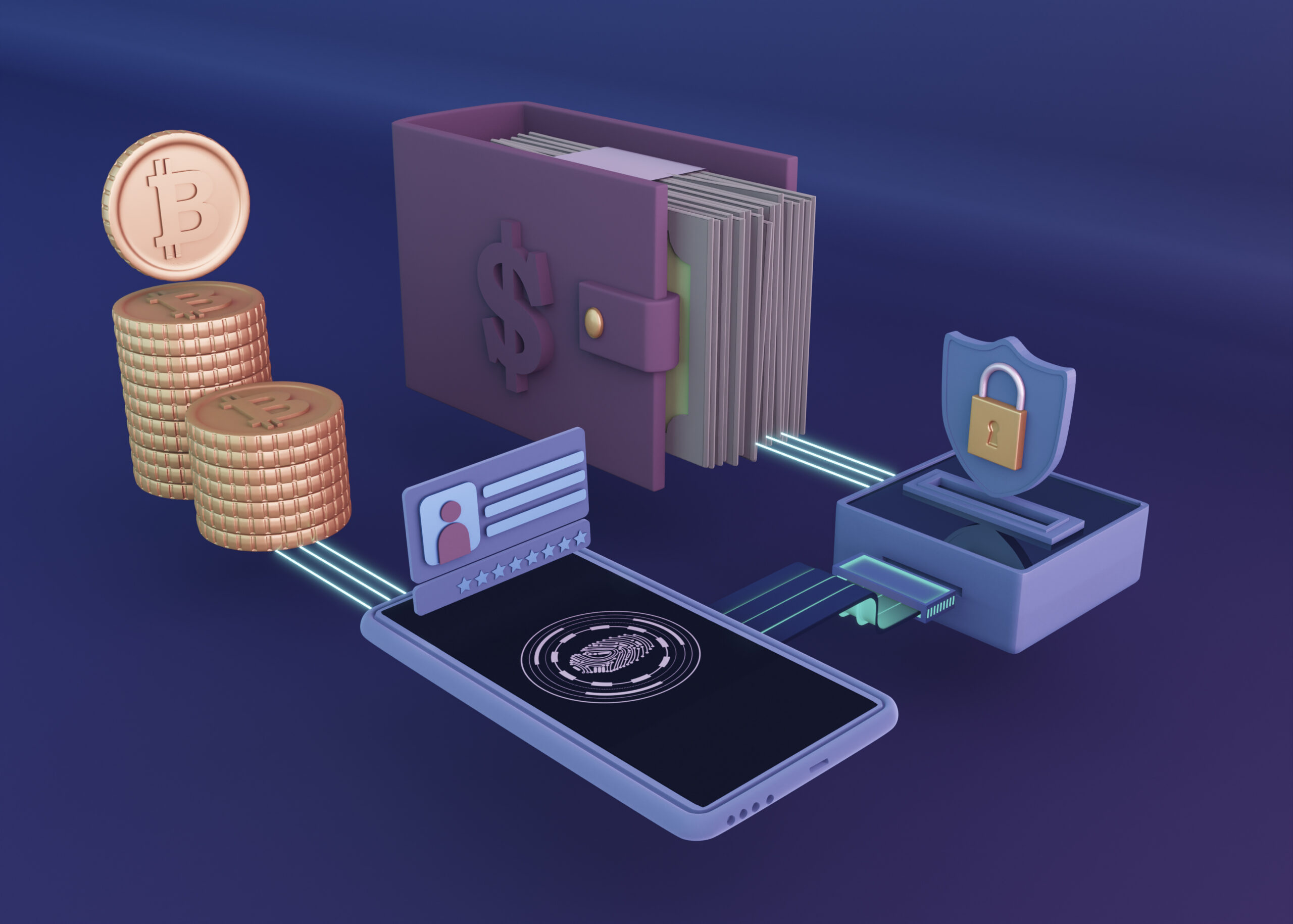Why Stablecoins are Gaining Adoption?
Cryptocurrencies, which are often perceived as “digital gold,” have been widely traded as financial instruments and have sometimes proven to be more profitable than traditional assets like stocks, bonds, and Forex, largely due to the massive capital and liquidity flowing into crypto markets. Yet, crypto assets remain volatile because of ever-changing capital inflows and outflows. In the face of this volatility, stablecoins provide stability of value, allowing traders to hedge against the price swings of traditional crypto.
Stablecoins have been gaining popularity in recent years due to the financial benefits they offer. Cross-border crypto payments using stablecoins provide a cheaper and more efficient alternative to traditional cross-border payments, which often take days and incur high fees (via banks, remittances, etc.). That’s why many businesses have started adopting stablecoins to accept and send payments across the globe at low cost. According to a joint Keyrock and Bitso report, stablecoins could account for 12% of the world’s global cross-border payment volumes by 2030.
These cryptocurrencies are designed to maintain a stable price. Because of this, stablecoins can be used to effectively store money for a longer period of time or to protect capital in crypto trading.
Seeing the growing usage of stablecoins, many banks and regulatory authorities are looking to regulate them to ensure their safe use. Adoption continues to increase, with Tether, USDC, DAI, and Euro Stablecoin among the most popular projects. In this article, we will discuss everything about these cryptocurrencies.
What is a Stablecoin? How it Works?
A fiat-collateralized stablecoin is a cryptocurrency whose value is pegged to fiat money or financial instruments, usually at a 1:1 ratio. For example, each USD in reserve represents one USDT stablecoin.
- If demand increases, new tokens are issued when users deposit dollars.
- If demand decreases, users can redeem tokens for dollars, reducing supply.
- This mechanism keeps USDT value near $1.
Crypto-collateralized stablecoins, on the other hand, are backed by more volatile crypto assets but with over-collateralization. For example, depositing $150 worth of ETH into a smart contract allows minting $100 of DAI stablecoin. This ensures that even if ETH falls 20–30%, there’s still enough collateral backing the DAI. If the value of ETH drops too much (e.g., $150 falls to $110), the system may liquidate the collateral to ensure DAI remains backed.
To stabilize the value of DAI:
- If DAI trades below $1 → arbitrageurs buy cheap DAI and repay loans, reducing supply until the price returns to $1.
- If DAI trades above $1 → users deposit ETH to mint more DAI, increasing supply and pushing the price back down.
Algorithmic stablecoins, unlike collateralized stablecoins, use algorithms to expand or contract supply based on demand.
- If price below $1 → new coins are minted to bring price down.
- If price above $1 → supply is reduced (coins are burned or swapped).
However, these models can fail in extreme market conditions, as seen in the 2022 Terra/UST collapse, which caused greater regulatory scrutiny of stablecoins.
Stablecoins have versatile utility. They can be used for payments, as a store of value, for cross-border transfers, and in lending/borrowing markets. Users can also deposit stablecoins into DeFi platforms to earn yield, often described as staking.
How Stablecoins Influence Today’s Financial Systems
1. Cross-Border Payments
Traditional cross-border payments between businesses and customers are often slow and costly due to intermediaries such as correspondent banks, payment processors, and centralized financial services. Stablecoins, unlike traditional systems, operate on blockchains and can be transferred cross-border almost instantly and at low cost, with minimal reliance on intermediaries. This advantage has led several businesses to adopt stablecoin-based payment systems to settle international transactions. At the same time, it is pressuring banks and financial firms to experiment with blockchain technology to modernize financial operations.
2. Financial Inclusion
In countries with unstable currencies and high inflation, many people resort to storing part of their wealth in stablecoins. The ability to access a stable currency without needing a traditional bank account has attracted users in such regions. For unbanked populations, stablecoins provide a way to connect to the global economy using only an internet connection and a crypto wallet.
3. Integration with Traditional Finance
Many financial firms have experimented with combining blockchain-based applications with traditional finance. This integration has proven advantageous because of the efficiency, and speed, that blockchain can provide. For example, in 2021, Visa, in partnership with Crypto.com, began using USDC (a stablecoin) on the Ethereum blockchain to settle transactions at lower cost compared to traditional systems. In 2023, PayPal launched its own U.S. dollar–backed stablecoin called PayPal USD (PYUSD), allowing its users to send, receive, and convert digital assets globally.
Popular Stablecoin Projects
1. Tether
It is the world’s largest stablecoin in terms of market capitalization and is currently ranked 4th overall on CoinMarketCap. This stablecoin has gained much attention from crypto investors and is the most widely used in crypto spot trading, for example, in the BTC/USDT pair.
Because of its widespread adoption, it is also accepted as a payment method by some companies such as Crypto Emporium, Coinsbee, and Travala.com. Its adoption is expected to grow further in the future if stablecoins continue to see wider mainstream and regulatory acceptance.
2. Binance USD
It is a fiat-collateralized stablecoin issued in partnership with Binance by Paxos Trust Company, a regulated financial institution. This stablecoin was approved and supervised by the New York State Department of Financial Services (NYDFS), ensuring safe and legal use.
It is backed 1:1 with the US dollar and is widely used on Binance for trading with other cryptocurrencies. It can be deposited on Binance to earn yield (often referred to as staking). Furthermore, it is also used in DeFi platforms for lending, borrowing, and liquidity pools.
3. DAI
DAI is a stablecoin collateralized by other cryptocurrencies such as ETH, WBTC, USDC, and is governed by MakerDAO (a Decentralized Autonomous Organization).
This stablecoin has many interesting use cases and is perceived as a high-utility coin. It can be used for lending, earning yield on DeFi platforms, and governance in MakerDAO.
Are they good for investment in 2025?
The popularity of stablecoins is continuously growing as more people and businesses realize their financial benefits. Many crypto investors use stablecoins to hedge against the price volatility of other cryptocurrencies, often in spot trading strategies. For example, if an investor is trading using a BTC/USDT pair and BTC’s price starts decreasing, they can quickly convert their BTC holdings to USDT, protecting the value of their portfolio from volatility. Moreover, users can also deposit these coins on many crypto exchanges and DeFi platforms to earn interest. Tether (USDT), DAI, and USDC are among the most widely used stablecoins in 2025, with high perceived utility for trading, and payments.
Disclaimer: This content is for informational purposes only and does not constitute financial or investment advice. Always do your own research before making investment decisions.


